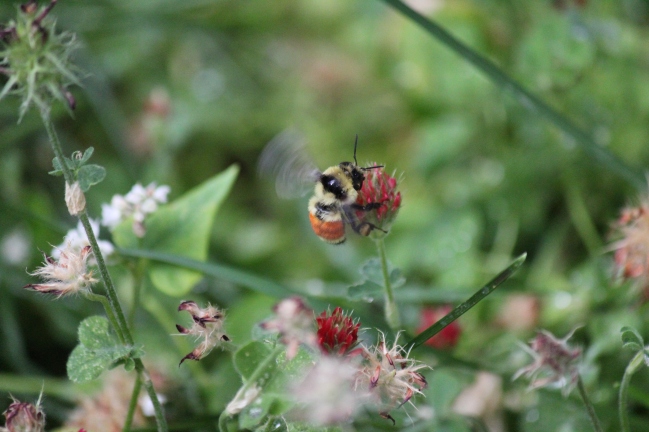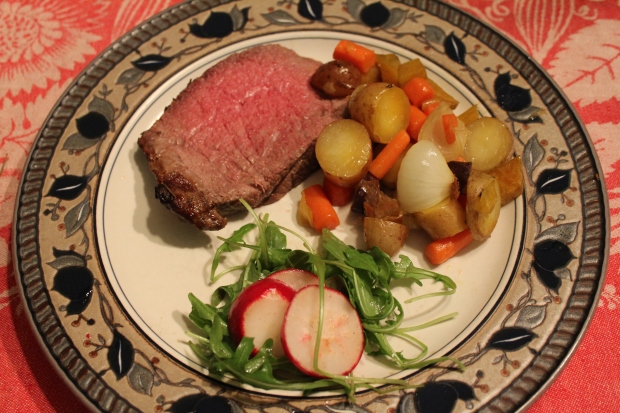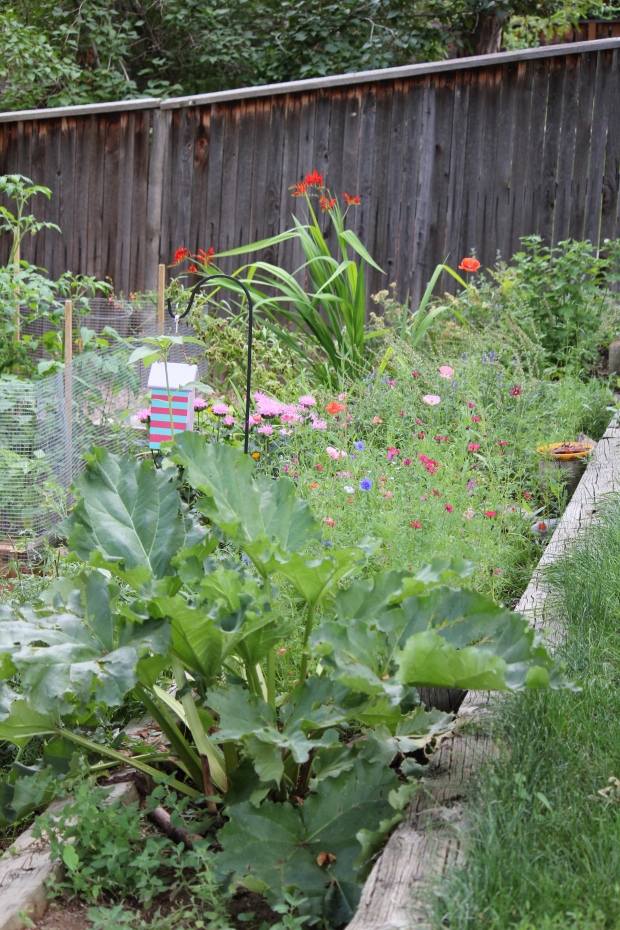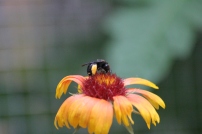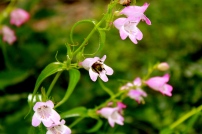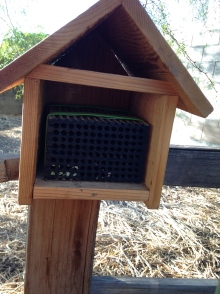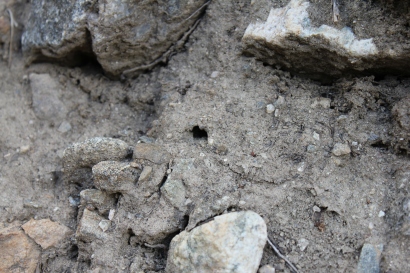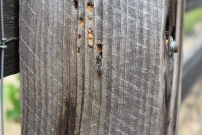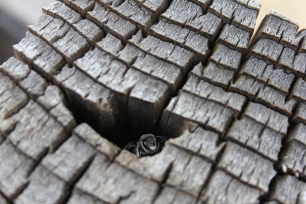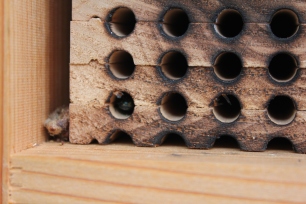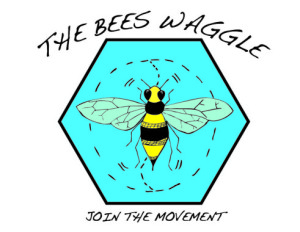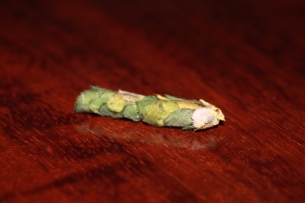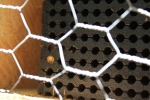Planting Wildflowers
Grow a Wildflower Meadow!
by Sandy Swegel
This blog post is for anyone who wants to grow wildflowers. It is especially dedicated to BBB Seeds’ friends at the Rockies Audubon Society who have an awesome program called Habitat Heroes that encourages “wildscaping” your garden with native plants that attract pollinators and birds and support wildlife even in an urban area.
- Deciding What and Where to Grow
Look at the site where you want to grow a wildflower meadow or patch. An ideal site would have sun and good drainage and not too many weeds. Nature seldom provides what we consider ideal. So the next step is choosing the right mix of wildflowers. We help by providing mixes for unique conditions such as sites that are dry or sites that shady.
- Prepare the Soil
Some don’ts:
- Don’t deep till!
That’s the number one rule….unless you are planning a year ahead of time. There are enormous numbers of weed seeds in any soil and tilling up the soil brings up all those weed seeds to the light and they start to grow. You do have to deal with weeds and you will lightly till/scratch in a shallowly. But this is time to leave the tiller in the garage.
- Don’t use weed killer
Especially don’t use the weed killers for your lawn or those with pre-emergents that stop new seeds from germinating. Those will have long-lasting effects that will thwart your wildflower growing efforts.
- Weeds:
You will have to deal with weeds especially if you have an area that is pretty barren of other vegetation. People have good success with putting down black fabric or cardboard weeks ahead of time to suffocate the weeds. For big hunkin’ weeds like dock, it’s good to get the shovel out. You can’t get all the weeds, but after you put your seeds out, you won’t be doing any weed-pulling for a while because you’ll accidentally pull the new wildflowers or disturb their young roots. Replacing weeds with wildflowers will be an ongoing process.
- Scratch and Rake
You do need to break the soil and rake it smooth, but not more than 2-3 inches deep. You want little crevices for the seeds to slip into so they have a cozy home. I’ve had the best success by loosening that top couple inches of soil and waiting a couple of weeks for all the weeds to germinate. I then scratch up those weeds, rake again, and then put the wildflower seed out.
- How Much To Plant
One ounce of seed (a small packet) plants about 100-150 square feet. (eg 10 feet by 15 feet.) Follow this rule of thumb. Planting more than this makes the plants choke each other out. Planting less gives weeds free run.
Expert Tip: Mix some sand with the wildflower seed to make it easier to spread the tiny wildflower seeds evenly. About four parts sand to one part seed.
- When to Plant
If you live someplace mild and humid, you can plant almost anytime. The rest of us either plant in the Spring (about one month before last frost date) or Fall.
- Water
That’s the biggest challenge for many. If you aren’t living in the above mentioned mild and humid area, you need to be sure the wildflowers get enough water. One gardening buddy said her secret was to go out and seed the night before a big snowstorm and let the melting snow help. I personally use row cover over the area to keep water from evaporating. I also use a soft rain nozzle to hand water over everything.
Our website has a Resources Section with more detailed instructions on seeding wildflowers. https://bbbseed.com/wildflower-grass-tips/
That’s really it.
Pick an appropriate wildflower mix.
Get rid of the huge weeds and prepare the top couple inches of soil.
Plant.
Water.
Wait for Nature to do What She Does Best: Create beauty for you and food for all the wild creatures.
Before and After Pictures are some of my favorite things. The Habitat Heroes program has awesome before and after pictures that will inspire you:
Photo Credit:
http://rockies.audubon.org/get-involved/habitat-hero-winners
A Parking lot median at the West View Rec Center in Westminster, CO, before and after




